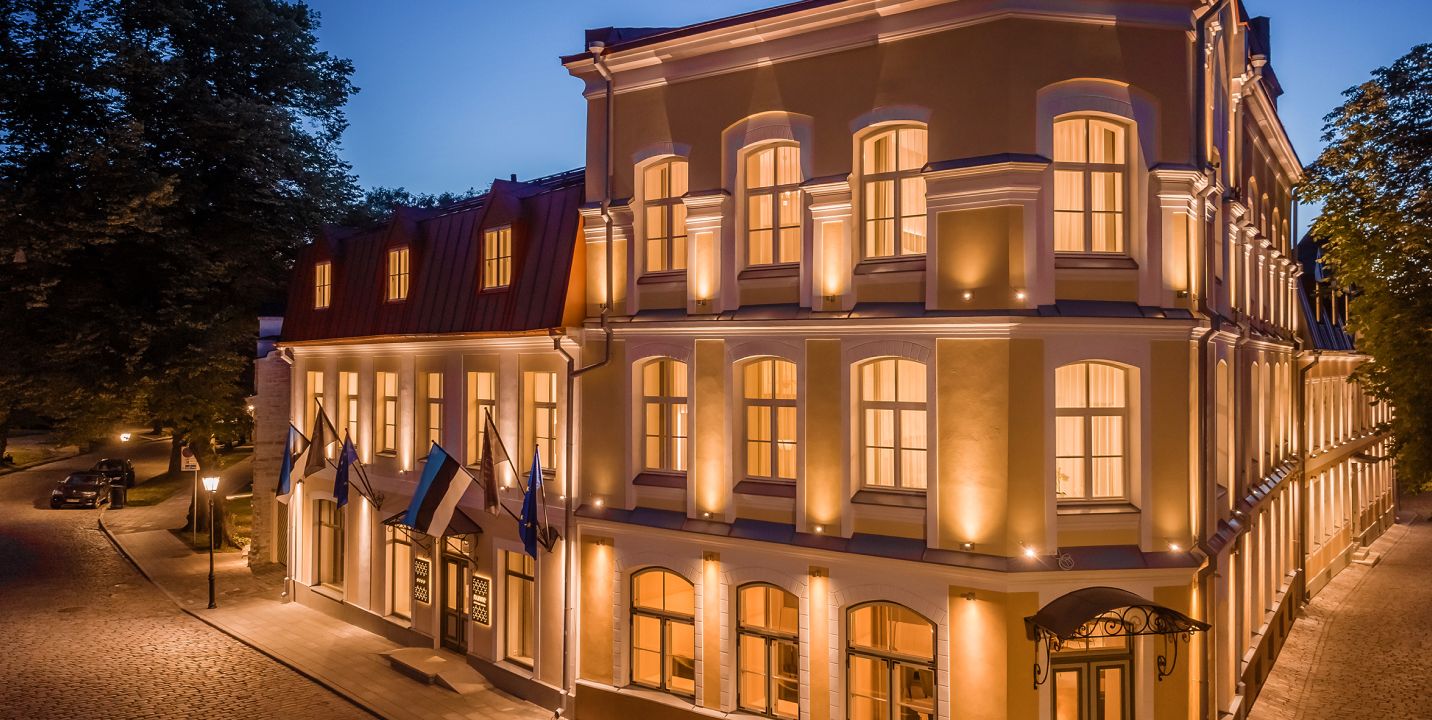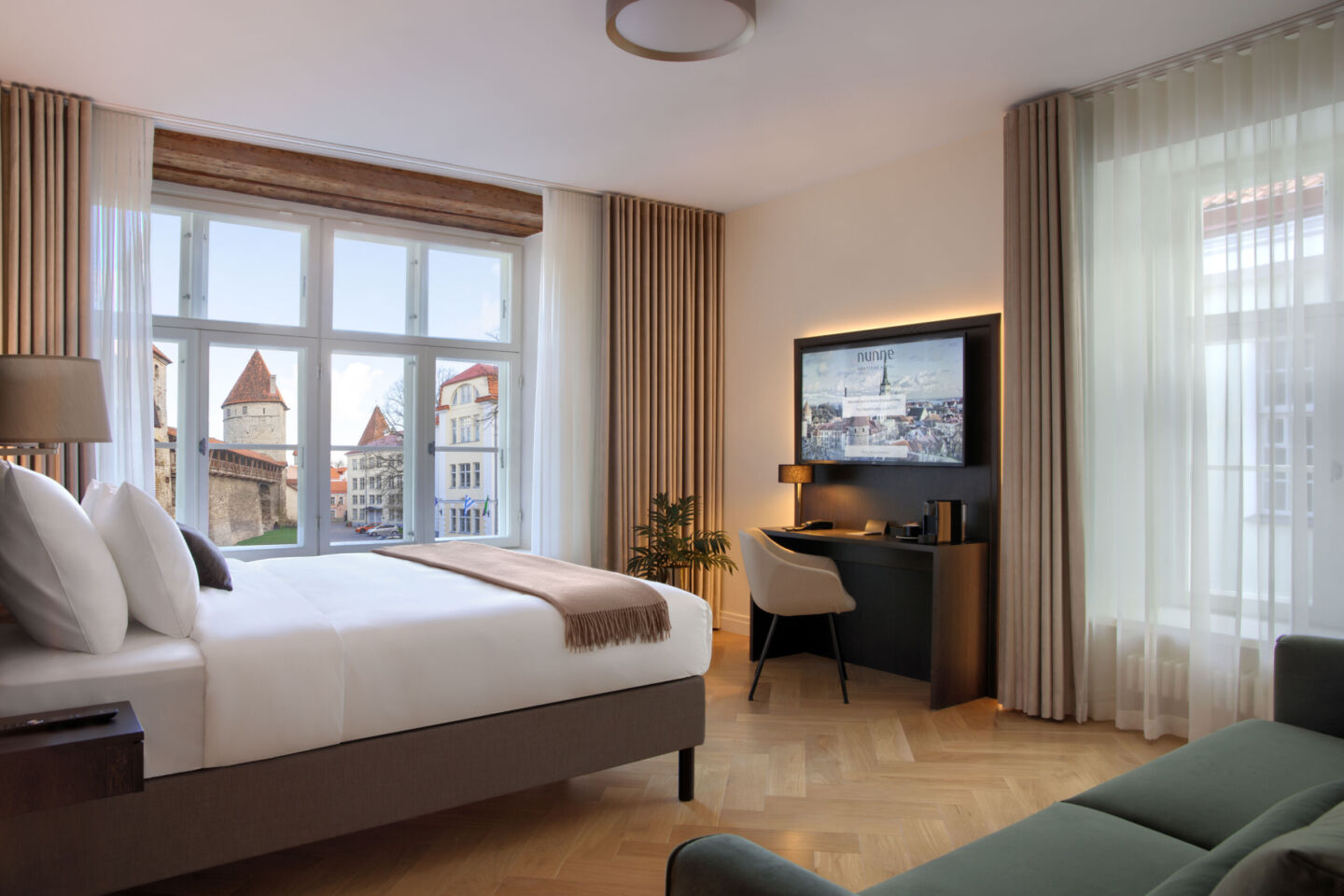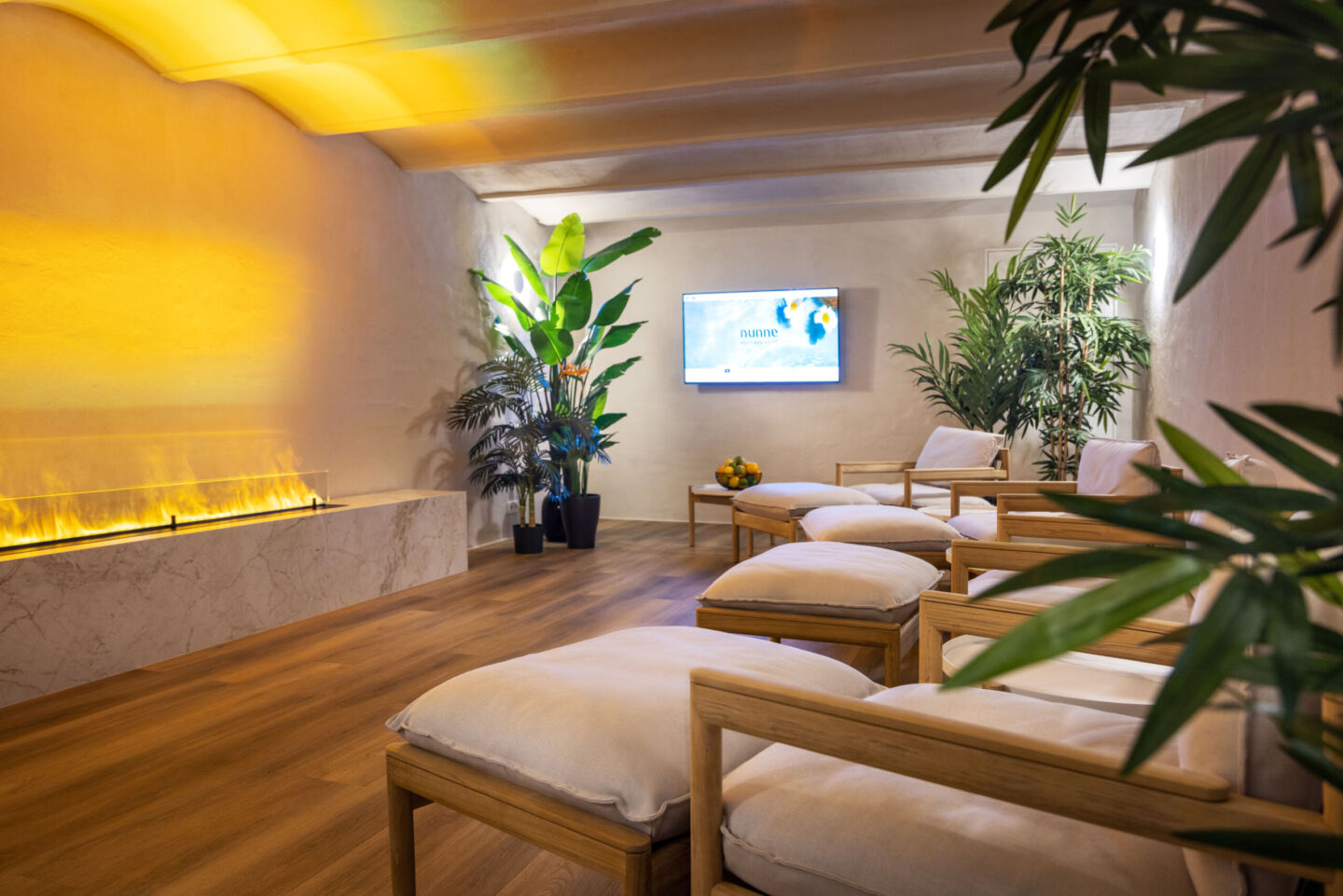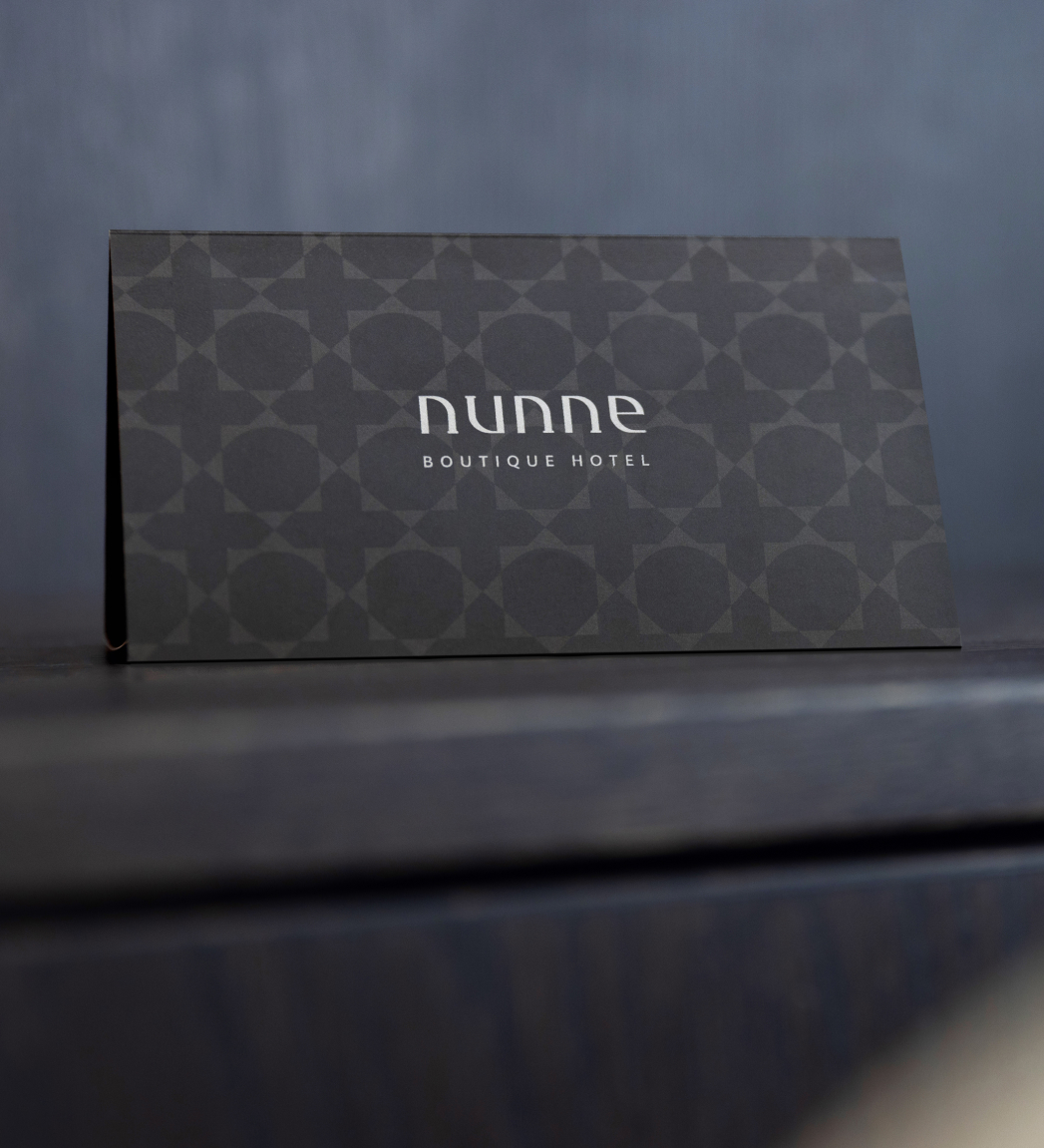Parking on the streets of Old Town is 6 € / hour.
Nearest underground parking lot is located at Balti Jaam market at Kopli 1, where 30 min costs 1,5 € or 10 € for 24h.
Open map
Unique blend of old-world charm and contemporary comfort.
Experience timeless elegance in the heart of Tallinn Old Town.
Nunne Boutique Hotel offers a unique blend of historic elegance and modern comforts across its range of accommodations, including Classic rooms, Deluxe rooms and suites. Each room combines modern luxury with historical charm, ensuring a memorable stay. Designed for discerning travellers who seek quality and an unforgettable experience, our rooms epitomize elegance and comfort in the heart of old Tallinn.

Discover the perfect package for your next getaway at Nunne Boutique Hotel. From romantic retreats to culinary adventures, our specially curated packages are designed to enhance your stay.

At Restaurant Ame, we take you on a flavourful journey around the world, guided by a modern approach and the richness of Estonia’s seasonal and local ingredients.
Our menu is a celebration of creativity, balance, and culinary diversity — from bold global inspirations to subtle local nuances. Each dish is thoughtfully crafted to offer a multi-layered dining experience, complemented by an inviting atmosphere where historical charm meets contemporary elegance.

Escape to the tranquil haven of our spa. Enjoy the soothing warmth of our massage pool, rejuvenate in three distinct saunas and unwind in the comfort of our serene lounge area. Each space is designed to offer a peaceful retreat, ensuring a restorative and memorable spa experience.

Nunne Boutique Hotel is where history meets modern comfort. With 74 guest rooms and a restaurant, our hotel is located in the heart of Tallinn’s Old Town, within the historic Nunne quarter surrounding the city wall. Established in buildings dating back to the Middle Ages, our elegant hotel is an ideal stopover for both business and leisure travelers who value quality, comfort and a memorable experience.

With a gift card from Nunne Boutique Hotel, you give a gift that provides unforgettable memories and quality time with loved ones while enjoying a luxurious hotel stay. The gift card can be used for booking accommodation, the spa or dining in the restaurant. Give a gift that will be remembered.






